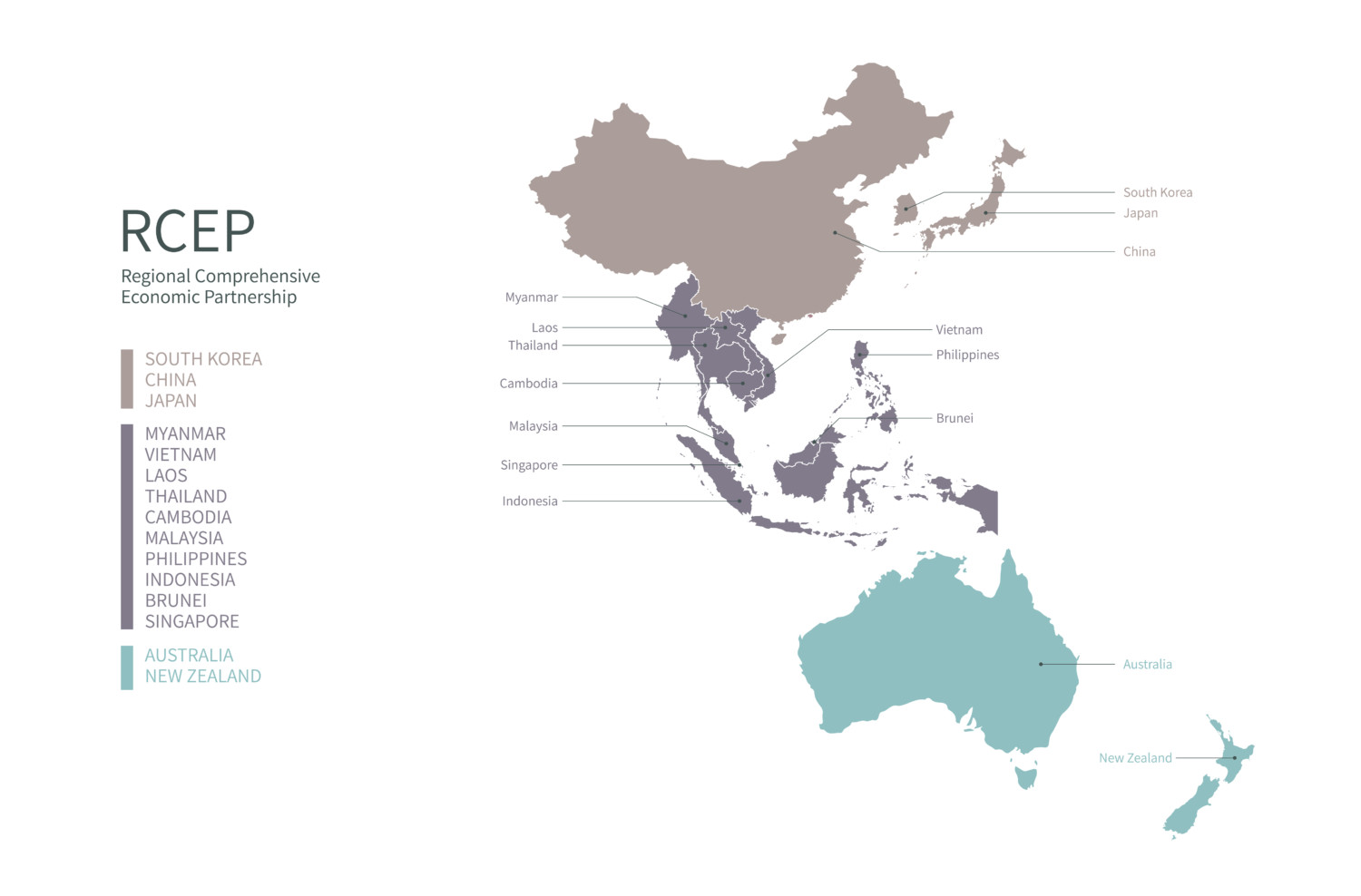Economy
RCEP Partnership: What is Next for World Economy Balance?
With over 2.2 billion people and almost 30% of the world's gross domestic product, RCEP will undoubtedly change the world's economic balance.

Boubacar Amadou CISSE
The race to economic development around the world is conspicuous at many levels. Covid-19 has struck countries’ economies and it seems the post-COVID-19 era will be mainly affected by policies to drive out of the crisis. Fourteen Eastern states already appear to have found a strong approach by forming probably the biggest trade partnership in the world's history.
The popular saying "in unity, there is strength" has, maybe, been better understood by these eastern countries. The agreement is called the Regional Comprehensive Economic Partnership (RCEP) and with countries from North and South-East Asia passing by Australia up to New Zealand, it can easily be claimed that the largest economic block stands in the far east.
With the acceleration of globalization, the generic policies for economic development are not enough. Globalization lies on the principle that all countries in the world, independently of their level of economic development, can have some contributing factors and that there is a mutual relationship between the world and any country. Countries, therefore, have adopted different strategies to promote economic growth and public welfare; one of these is trade agreement or partnership.
A threat for other countries?
China is believed to be the biggest beneficiary of RCEP. Fear and critics from the West that China will further impose itself in the region have been echoed. After the USA withdrawal from the Transpacific Partnership (TPP), China has turned back to the region and seems to have no competitor. With almost a third of the world’s population, the partnership will unquestionably have one of the biggest consumer markets on the globe.
It is safe to claim that RCEP will hinder any competition from outside the region. The member countries will benefit from products and services within the region at lower tariffs; this prevents competitors from other regions to perform in this new vast market.
A new world order?
With over 2.2 billion people and almost 30% of the world's gross domestic product, RCEP will undoubtedly change the world's economic balance. Negotiations have been going on from 2012. The partnership will enhance the transfer of technology, skills and resources between the member countries. It also promotes businesses, services and transfer of funds between the underlined countries. The absence of India, a remarkably booming economy, is easily noticed. India has withdrawn from the agreement claiming that it needs to protect its local farmers. However, according to the members, India will be welcome whenever it would want to join the league.

With a possible return of India, RCEP will record almost half of the world populace. This would considerably change the world order in many aspects. RCEP includes strong and stable economies like Japan, South Korea, Australia, New Zealand and China but also booming economies like Indonesia, Malaysia, the Philippines and India - probably soon.
Moreover, with the novel coronavirus pandemic, there have occurred serious damages in countries’ economies. Vaccines development and their distribution are some of the highlighting topics because they determine the rate at which economies will be revitalized. With such a strong partnership, member countries will be able to rapidly recover in the post-pandemic era.
After many years of discussion, there is finally an agreement on RCEP. This comes in a period where countries of the world are seeking ways to promote their economies. It is undeniable to member countries have a lot to benefit from. Life on earth after the year 2020 is expected to be different; it may be a new direction for all our lifestyle, and in the East, RCEP will definitely be a significant change factor.



























Be the first to comment .